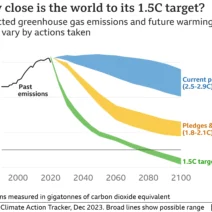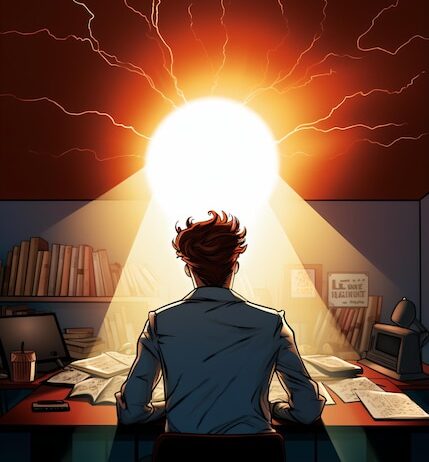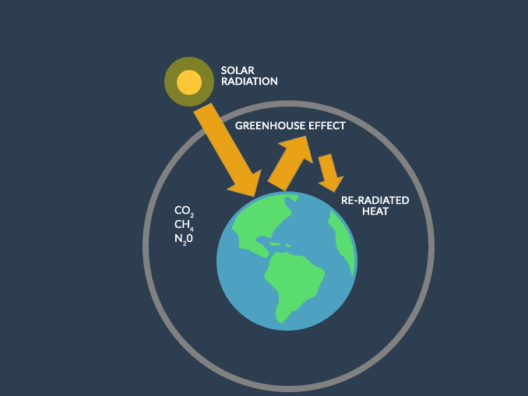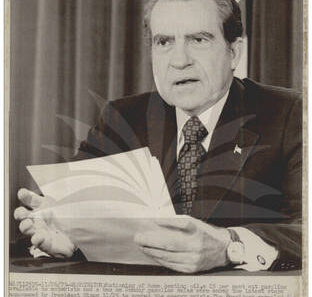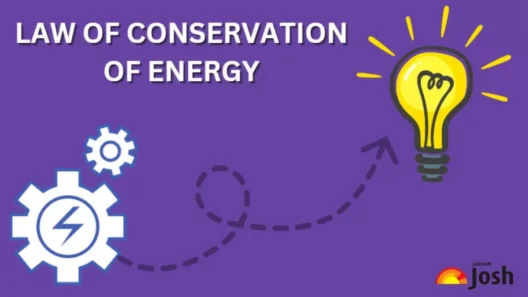The conservation of energy is a fundamental concept in physics that posits that energy cannot be created or destroyed, only transformed from one form to another. This principle serves as a cornerstone of modern scientific inquiry and engineering disciplines. Many brilliant minds contributed to its formulation, weaving a narrative that spans centuries. Understanding the figures behind this monumental discovery can shift our perspectives on energy and nature, while igniting an insatiable curiosity about the scientific world.
Before delving into the significant contributors to the conservation of energy, it is essential to understand what energy itself encompasses. Energy manifests in numerous forms: kinetic, potential, thermal, chemical, and more. The interplay of these diverse energy types underlies countless natural phenomena, from the simplicity of a rolling ball to the complexity of planetary motion. This intricate web of interactions is what piqued the interest of many scientists throughout history.
In considering the historical tapestry of this fundamental principle, let us embark on a journey through the ages and explore the significant figures who shaped the understanding of energy conservation.
Unveiling the Age of Enlightenment: The Roots of Energy Conservation
The journey toward the conservation of energy begins in the 17th century during the Age of Enlightenment, a time characterized by intellectual fervor and groundbreaking discoveries. Sir Isaac Newton is often heralded as a pivotal figure during this period. His seminal works in mechanics laid the groundwork for understanding motion and forces. Newton’s laws of motion fundamentally altered our grasp of physical interactions and set the stage for later developments in energy conservation.
However, it was not solely the realm of mechanics that contributed to this understanding. The late 18th century witnessed the emergence of thermodynamics, which further amplified the discourse surrounding energy. James Prescott Joule, an English physicist, played a critical role in this domain. His meticulous experiments demonstrated the equivalence of mechanical work and heat, exemplifying the principle of energy transformation.
The concept of interchangeable energy forms became clear under Joule’s investigations, igniting a pivotal shift in understanding. He meticulously illustrated how, for example, the mechanical energy expended by a falling weight could generate heat, thereby laying a foundational stone in the edifice of energy conservation.
The Fundamental Principle Solidified: The Contribution of Hermann von Helmholtz
As we advance into the 19th century, the dialogue around energy began to coalesce around more formalized theories. Hermann von Helmholtz, a German physicist and physician, made significant contributions that solidified the principle of conservation of energy. His 1847 essay, “On the Conservation of Force,” eloquently argued that force, much like energy, is conserved through transformations. Helmholtz articulated a vision in which not only mechanical energy but also heat and other energy forms were fundamentally interlinked.
Helmholtz introduced the notion that energy transformations could be quantitatively assessed, paving the way for subsequent theoretical advancements. His compelling narrative captured the imagination of contemporary scientists and set the stage for the formalization of thermodynamics and the principles that govern energy interactions in complex systems. His work was visionary, melding physics and biology, and resulting in concepts such as the conservation of vitality in living systems—a profound realization that continues to influence ecological thinking today.
Pioneering the Modern Era: The Formulation of the First Law of Thermodynamics
The culmination of these explorations ultimately birthed the First Law of Thermodynamics, framing the principle of energy conservation within a comprehensive theoretical framework. This established a foundational principle that laid the groundwork for various scientific disciplines. This law posits that the total energy within a closed system remains constant, albeit subject to transformation.
The late 19th and early 20th centuries saw further contributions to energy conservation theories by luminaries such as Lord Kelvin and Rudolf Clausius, who expanded upon the concepts introduced by Joule and Helmholtz. Their work deepened the understanding of thermodynamic systems, enabling the practical application of energy conservation principles in engineering and technology.
As these principles were codified, humanity’s imagination was also kindled. Energy conservation began to reflect not only a scientific law but also an ethical imperative, echoing through the realms of environmental consciousness and sustainability. The realization that energy is a finite resource transformed our relationship with the environment, reminding us of the interconnectedness of natural systems.
A Never-Ending Exploration: Energy Conservation in Contemporary Discourse
Today, the principle of energy conservation reverberates through various fields, weaving its way into discussions about climate change, renewable energy sources, and technological advancements. The dialogue initiated by these pioneering scientists continues to grow, evolving alongside our understanding of the universe. Innovations in energy efficiency, solar power, and electric vehicles are all manifestations of this timeless principle.
Moreover, the ethical considerations of energy consumption—rooted in the foundational work of the aforementioned scientists—now inspire global movements advocating for sustainable energy practices. As we grapple with the challenges of modern energy demands against the backdrop of climate change, humanity’s quest for energy conservation remains paramount.
In conclusion, the journey of discovering the conservation of energy cannot be encapsulated in a singular moment or individual, but rather, it is a tapestry interwoven with the contributions of many brilliant minds. As we reflect on the work of Newton, Joule, Helmholtz, and their contemporaries, it becomes apparent that the story of energy conservation is both a scientific narrative and a clarion call to rethink our relationship with the environment. The challenge lies not only in understanding these principles but also in applying them in a world increasingly in need of sustainable practices.

